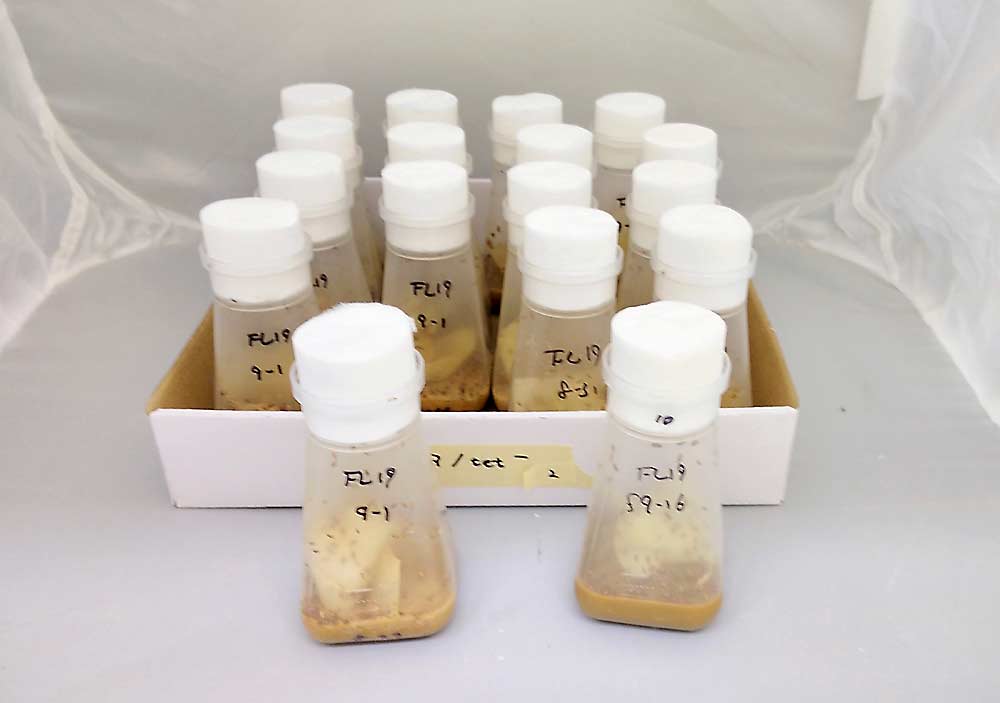
New ways to fight spotted wing drosophila are in the works, thanks to new genetic engineering tools. These transgenic methods introduce new reproduction-hampering genes into male SWD, so that when they mate with females, the females either don’t have any young, or their female young die early in their development. The approach falls under the umbrella of sterile insect technique (SIT), which has traditionally been done with radiation to sterilize males that are then released to reduce pest reproduction.
“SITs are thought of as green technologies, because they are species-specific, they have the advantage that the control agent is the insect itself, and they reduce the dependence on insecticides,” said Max Scott, a professor of entomology at North Carolina State University who is developing one of these approaches. He and his research group have incorporated a female-killing gene into male SWD.
In a different approach, the San Diego company Agragene is advancing technology first developed by University of California, San Diego researchers. Here, the project makes use of an advanced gene-editing tool — called CRISPR — to add genes that both kill females and sterilize males.
“We really do believe that our technology will bring a sea change to what’s going on out there,” said Gordon Alton, president and CEO of Agragene Inc. If all goes well, he anticipates growers will have access to the technology within two to three years.
Female killers
Scott and his research group rear both male and female SWD with the female-killing gene, so they can produce large populations of gene-carrying fruit flies. They are able to keep the females alive during this time by adding the antibiotic tetracycline to the flies’ diet. The antibiotic blocks the effect of the female-killing gene, so mating can proceed and transgenic offspring can survive. When the researchers are ready to test the flies among a wild population, they can simply stop providing tetracycline to eliminate all the females and do a male-only release.
Then, this is how it would work: Transgenic adult males go out into wild populations of SWD, compete against normal adult males and mate with adult females. When the transgenic-mated adult females lay eggs, all of their female progeny die. While their male young survive, half inherit the new gene, so when they become adults, they also carry the daughter-killing gene. As the number of females decreases from generation to generation, the overall population plummets.
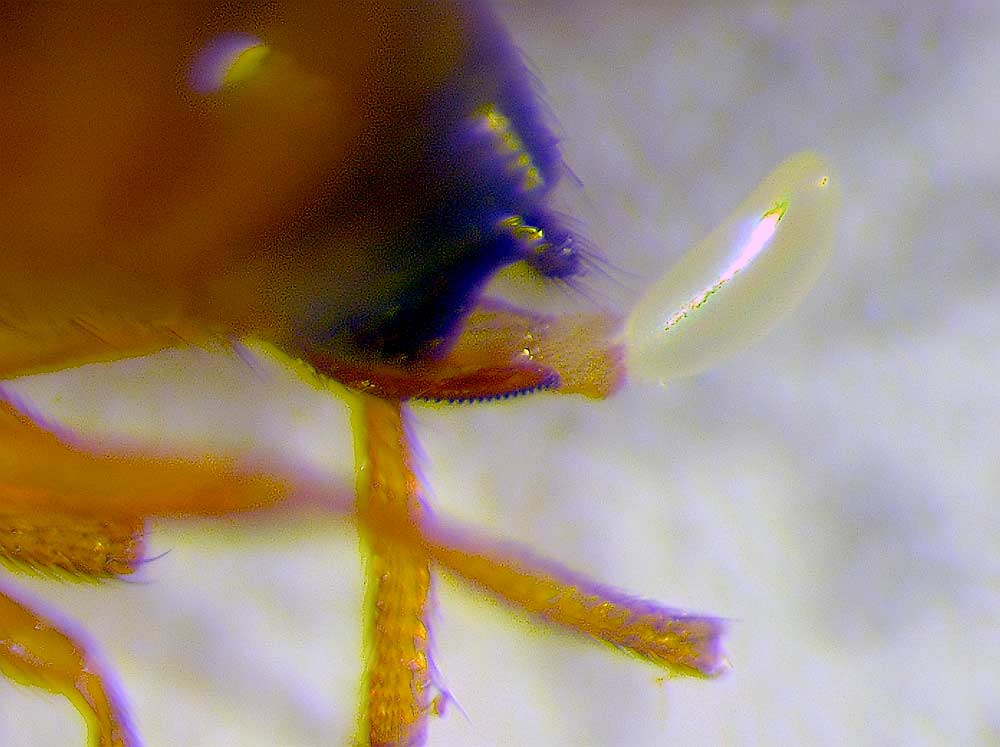
With small grants from the National Institute of Food and Agriculture and U.S. Department of Agriculture’s Animal and Plant Health Inspection Service, Scott and his group have conducted small cage trials of the method. At this point, they are finding that wild female SWD will choose transgenic males in about three in 10 matings, which is “not bad,” Scott said, but “of course, five would be perfect competition.” Those results will be published soon, and in the meantime he is pursuing additional funding to begin larger greenhouse studies.
Scott’s group has already developed this same method against the notorious cattle pest known as the New World screwworm fly (Cochliomyia hominivorax). Likewise, the British biotechnology company Oxitec recently announced field trials of this same approach for suppressing diamondback moths (Plutella xylostella), which infest broccoli, cabbage and other brassica plants. Earlier this year, researchers reported the results of field tests showing that Oxitec’s genetically modified moths survived well and concluded that they “should offer efficacious pest management of P. xylostella.”
Although it is still early in the transgenic SWD project, Scott is optimistic about the approach. “With these strains, I’ve been surprised how well they work,” he said.
Sterile males
Agragene’s approach, called Precision-Guided Sterile Insect Technology, modifies two strains of SWD so that a cross between the strains yields eggs that have two genes disrupted: One disruption kills females at the egg or larval stage, and one causes any male eggs to develop into sterile adults.
To get this to work, a female from one strain must mate with a male from another, so the company is developing a sex-sorting system that uses artificial intelligence and machine vision to “see” the small differences between males and females, such as the serrated ovipositor on a female and the small bands (called sex combs) on the front legs of the males, and ensure that they are making proper crosses, Alton said.
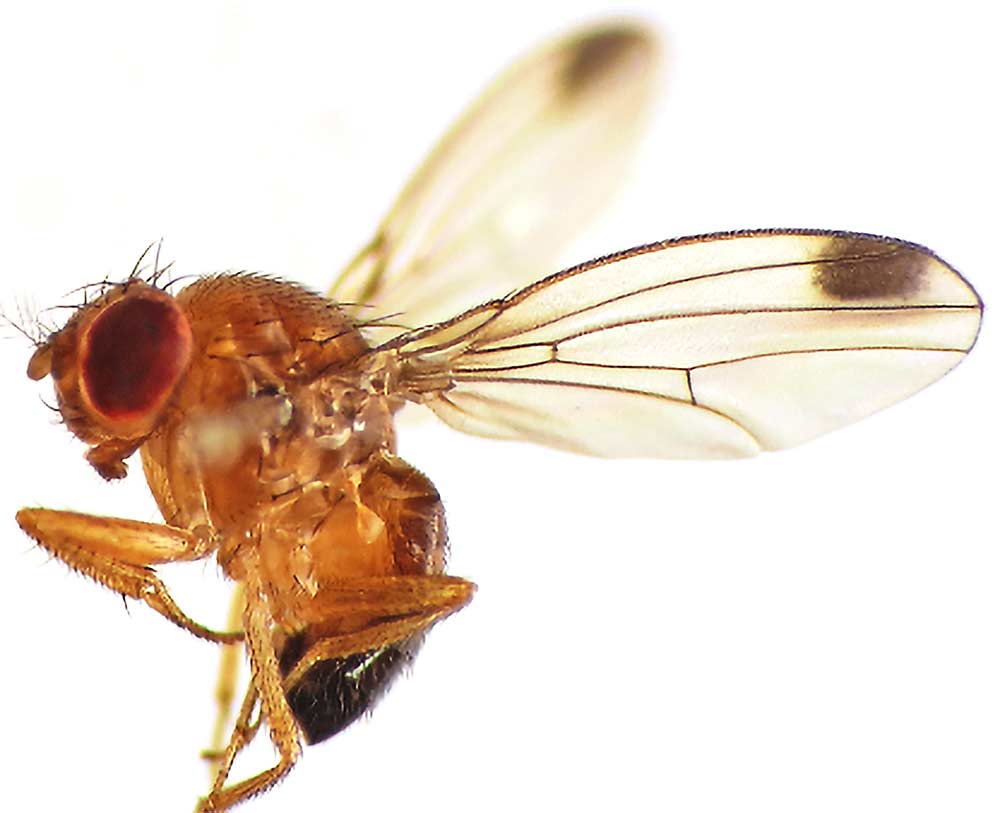
“We think we’ll do it most effectively at the pupal stage, because we can essentially float the pupae and observe a male versus a female,” he said. “And we’ve demonstrated that at the lab level.”
The research is moving forward quickly, he said, noting that testing at Agragene, in the lab of UCSD developer Omar Akbari and by U.S. Department of Agriculture scientists has all shown that the CRISPR technique works. In recent years, Akbari’s lab received funding from the Washington Tree Fruit Research Commission, the California Cherry Board, the Oregon Sweet Cherry Commission and the California Blueberry Commission to develop genetic engineering approaches to control SWD.
Company researchers are now doing some refinement on the genetics to produce sterilized males that are just a bit more attractive to females. They continue to optimize the sex-sorting system and are collaborating with USDA scientists in Oregon to ready a protocol for conducting greenhouse experiments, Alton said. He hopes to release transgenic insects into the greenhouse either later this year or early next year. With good results there, he anticipates field testing will begin in 2022, with the U.S. Environmental Protection Agency approval process to follow and a commercial rollout of the transgenic SWD by late 2023 or early 2024.
Looking forward, Alton believes growers will benefit most from transgenic SWD if they deploy them over several consecutive years and at key times of the year, including one last release in the fall after harvest so the sterile males can mate with the females before they go into winter dormancy. “These females will be storing infertile sperm, so when it warms up the next season and they start to make eggs, those eggs won’t be viable,” he said.
By the second year, growers should begin seeing quite noticeable reductions in SWD populations with increasingly evident suppression in years two, three and four, and if neighboring growers also participate, those decreases should be even more pronounced, he said.
“We don’t think we can completely eradicate SWD with this approach, but we do believe it can really hold the population down so growers can delay and use fewer sprays and use softer chemicals,” Alton said. •
—by Leslie Mertz

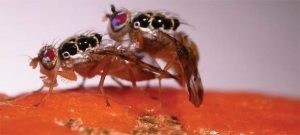
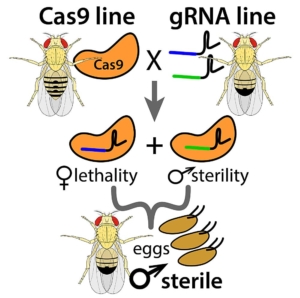





Leave A Comment